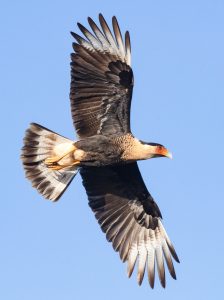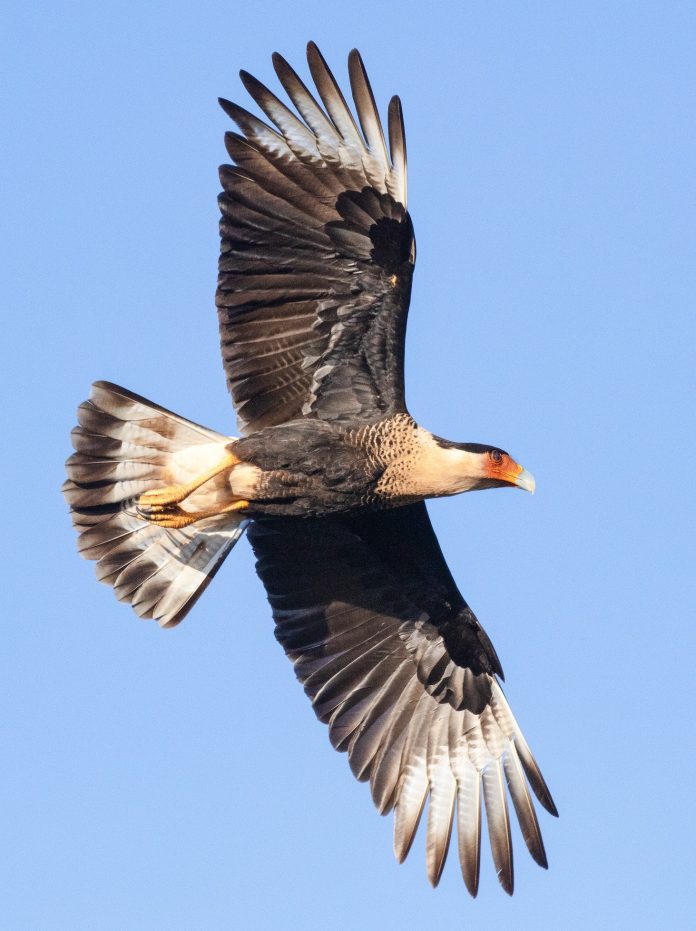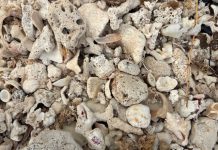(Oranjestad)—Aruba’s nature is very diverse and is home to several beautiful and majestic wildlife. Among these is the bright Trupial, whose angelic voice is always heard with the rising sun; the cuddly parakeet, always in company of another, and the majestic Warawara, a mighty bird that can be seen soaring in the clear blue skies.
Trupial
Icterus icterus, or known locally as the Venezuelan or Orange Troupial, is a striking songbird whose bright orange feathers can be spotted from a far distance. Known to be the first bird to sing at the first sign of sunrise, this beloved songbird likes to wake up with a tune. But don’t let their angelic songs fools you; the Trupial can be a bit aggressive towards any threat, protective over their nesting spots—nesting spots they most likely stole from other birds. Trupials can be seen regularly, often in trees or on top of a cactus.
Photo Credit: Daniel Ruben Gonzalez
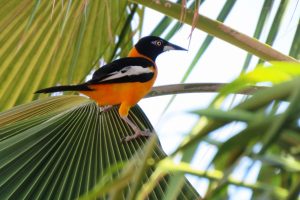
Prikichi (parakeet)
The Brown-throated Prikichi (Aratinga pertinax) became the national bird of Aruba back in 2015, at the request of Aruba Birdlife Conservation. The bright green, adorable parakeet usually flies in flock of 30 or more, but its population has been declining since the 2010s. Prikichis are a shier breed than the trupial, often flying away at the sign of any threat. They use termite nests for breeding spots and feed mostly on seeds from the Kwihi tree, Divi Divi tree and fruits.
Photo Credit: Daniel Ruben Gonzalez
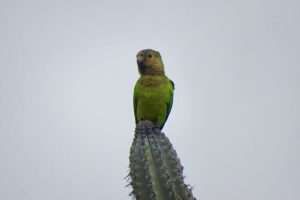
Warawara
The Warawara or Caracara is one of the biggest birds found in the Aruban mondi. At a heigh of 41 to 60 cm, their wingspan can measure up to 125 cm. Known as the “garbage man”, this bird of prey mostly feeds on dead animals. Its coat is dark brown, with a cream-colored neck, orange face, thick beak and long legs. The Warawara prefers to build its nest in the middle of tall cacti and produces a rattling, screaming sound, throwing its head back onto its back while calling.
While these birds are a beautiful sight to behold, it is very important to keep your distance and respect their habitats. This is how we protect our wildlife. By admiring the beauty of Aruba in a safe and respectful manner, we can do our part in protecting our sacred nature.
Photo Credit: Aruba Birdlife Conservation
